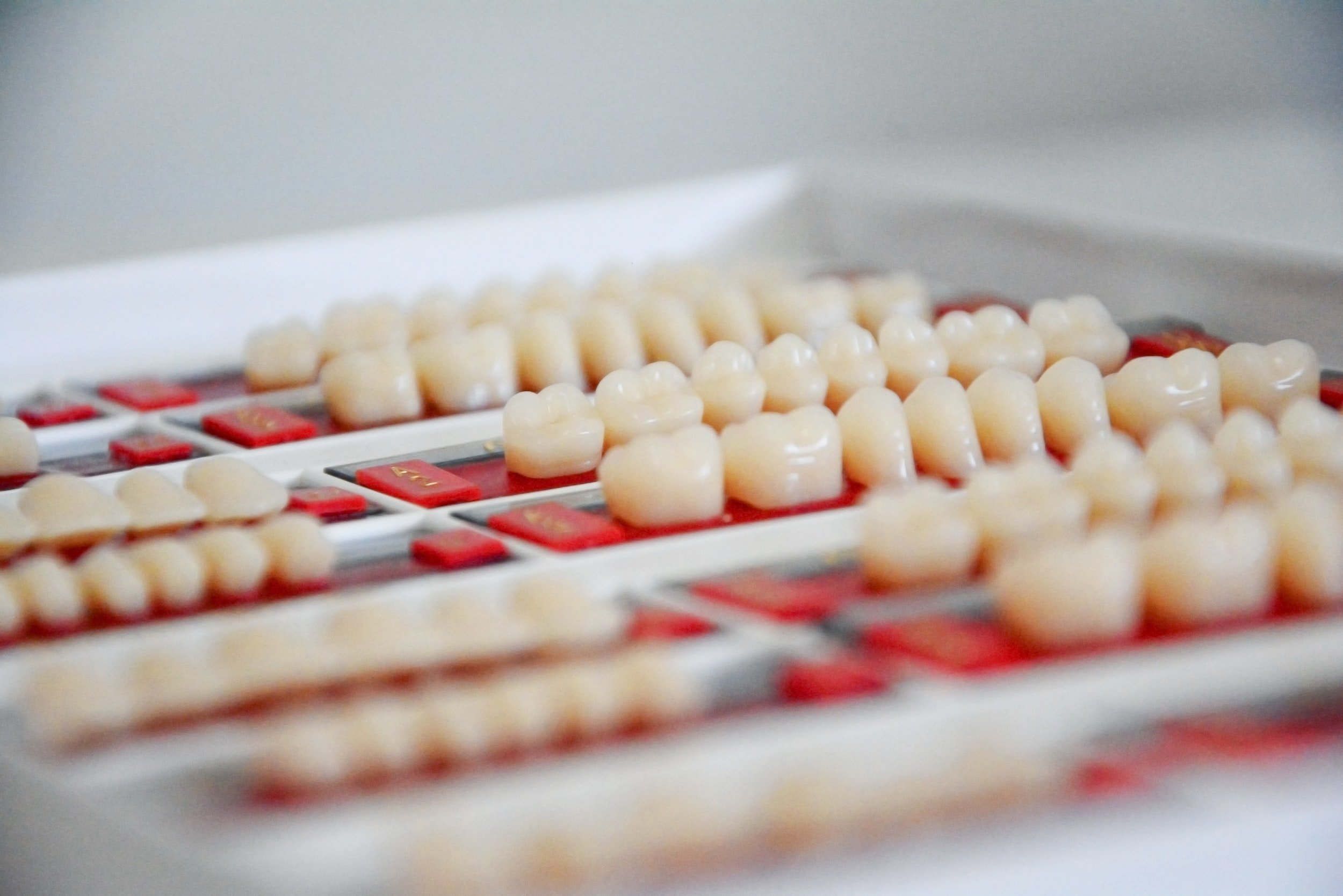Tooth Bridges, Crowns & Caps
What are Crowns and Bridges?
Dental crowns and most tooth bridges are fixed prosthetic devices. Dentures, which are removable, you can take out of your mouth and clean daily. Crowns and bridges, on the other hand, are cemented onto your existing teeth or implants. Only a dentist can remove them.
When do you need a crown?
We put in a crown when we need to cover or “cap” a damaged tooth completely. More than just strengthening a damaged tooth, a crown can improve the tooth’s appearance, shape, or alignment. To achieve proper tooth function, we also position crowns over implants to create a tooth-like shape and structure. We like porcelain or ceramic crowns because we can match them to the colour of your natural teeth. Crowns are also available in materials such as gold and metal alloys. Typically stronger than porcelain, the alloy crowns are often recommended for the back teeth. You can also choose porcelain bonded to a metal shell. It’s a good choice for both aesthetics and strength.
The dentist often considers a crown the best option when:
A large filling needs replaced when there isn’t enough of the tooth remaining
The tooth is week and we need to protect it from fracturing
We restore a fractured tooth
We need to attach a bridge
We have to cover a dental implant
We have to cover a tooth that is discoloured or misshaped
A tooth needs covered after a root canal treatment
When do you need a bridge?
When you are missing one tooth or more, the recommended solution may be a bridge. Missing teeth leave gaps and eventually the remaining teeth will rotate or shift to fill the empty space. This can result in bite issues. Another result of having missing teeth is an imbalance that can lead to gum disease and temporomandibular joint (TMJ) disorders.
A bridge can successfully replace the missing teeth. The bridge spans the gap and is cemented to the natural teeth or implants that surround the space. We call the remaining teeth abutments as they provide us an anchor to which we can secure the bridge. We then attach a pontic, or replacement tooth, to the crowns covering the abutments.
Similar to crowns, there is a variety of bridge materials to choose from. Where your missing tooth is located, the tooth’s function, aesthetic considerations, and cost will help the dentist determine the best choice of material. Like crowns, porcelain or ceramic bridges can be matched accurately to the colour of your natural teeth.
How do crowns and bridges work for my mouth?
Before making a crown or a bridge, we reduce the size of the tooth (or teeth) so the device will fit over it properly. Once the reduction is complete, the dentist takes an impression to create an exact mould to make the crown or bridge. When you use porcelain, your dentist determines the correct colour shade to match that of your other teeth.
With the impression, the dental lab creates your crown or bridge in your desired material. You will get a temporary crown or bridge device to cover the prepared tooth as you wait for the lab to make the permanent appliance. When the permanent is complete, your dentist removes the temporary device before cementing the new one over your prepared tooth.,
How long do they last?
Crowns and bridges are known to last for a lifetime. But, occasionally, they can come loose or fall out. But, practicing good oral hygiene is the most important way to ensure your crown or bridge lasts as long as possible. The support for your bridge can be compromised if the teeth or bone holding it in place become damaged by dental disease. Brush with flouride toothpaste twice a day and floss daily to keep your gums and teeth healthy to maintain a strong crown or bridge. Additionally, visit your dentist and hygienist regularly for checkups and professional cleanings.
New crown or bridge? Prevent damage by avoiding hard foods, candy, ice, or other hard items.


